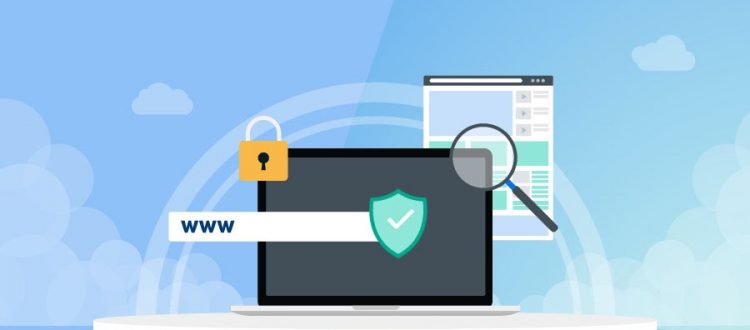The Risk of Data Breaches in the Healthcare Industry – What Steps Should be Taken to Prevent Leaks?
Data breaches in the healthcare industry have become a major concern in recent years, as more and more sensitive patient information is stored electronically. The healthcare sector is one of the most vulnerable industries to data breaches due to the high value of the information it holds, the complexity of its systems, and the lack of a centralized approach to data security. The theft or unauthorized access of medical records can have a devastating impact on patients, including financial fraud, identity theft, and harm to reputation. In this article, we will discuss the risks of data breaches in the healthcare industry and the steps that should be taken to prevent data leakages.
The healthcare industry holds a vast amount of sensitive personal information, including medical records, financial information, and social security numbers. This information is attractive to cybercriminals because it is highly valuable and can be used for a variety of purposes, including identity theft, insurance fraud, and the sale of prescription drugs. In addition, the healthcare sector has become increasingly reliant on electronic systems, which can be vulnerable to cyber attacks.
According to a study by the Ponemon Institute, the healthcare industry has the highest rate of data breaches compared to any other industry, with an average of 7 data breaches per organization per year (Ponemon Institute, 2018). In addition, the cost of a data breach in the healthcare industry is significantly higher than in any other industry, with an average cost of $408 per record (ibid.).
There are several factors that contribute to the high risk of data breaches in the healthcare industry. One of the main factors is the lack of a centralized approach to data security. The healthcare sector is highly fragmented, with many different organizations and systems holding patient information. This makes it difficult to implement consistent security measures across the entire industry.
Another factor is the complexity of healthcare systems. Healthcare organizations use a variety of systems to manage patient information, including electronic medical records (EMRs), clinical information systems, and administrative systems. These systems can be complex and difficult to secure, which makes them vulnerable to cyber attacks.
To prevent data breaches in the healthcare industry, organizations must take a proactive approach to data security. This involves implementing a comprehensive data security program that includes technical, administrative, and physical controls.
One of the key technical controls is encryption. Encryption helps to protect sensitive data by converting it into an unreadable format that can only be decrypted with a specific key. This can help to prevent unauthorized access to sensitive data in the event of a data breach.
Another important technical control is regular software updates and patch management. Software updates often include security fixes, so it is important to keep all systems up-to-date to prevent vulnerabilities from being exploited by cybercriminals.
Administrative controls include security policies and procedures that outline the steps that must be taken to protect sensitive data. This includes regularly training employees on data security best practices, and conducting background checks on employees who have access to sensitive data.
Finally, physical controls include measures such as access controls, video surveillance, and secure storage areas to prevent unauthorized access to sensitive data.
In conclusion, data breaches in the healthcare industry pose a significant risk to patients, organizations, and the industry as a whole. To prevent data breaches, organizations must take a comprehensive approach to data security that includes technical, administrative, and physical controls. By implementing these measures, healthcare organizations can help to ensure the protection of sensitive patient information and maintain the trust of their patients.
*This article was produced with the assistance of artificial intelligence. Please always check and confirm with your own sources, and always consult with your healthcare professional when seeking medical treatment.

